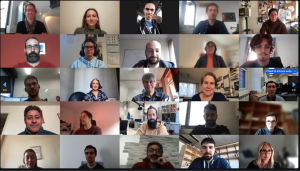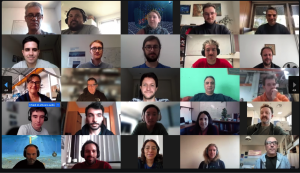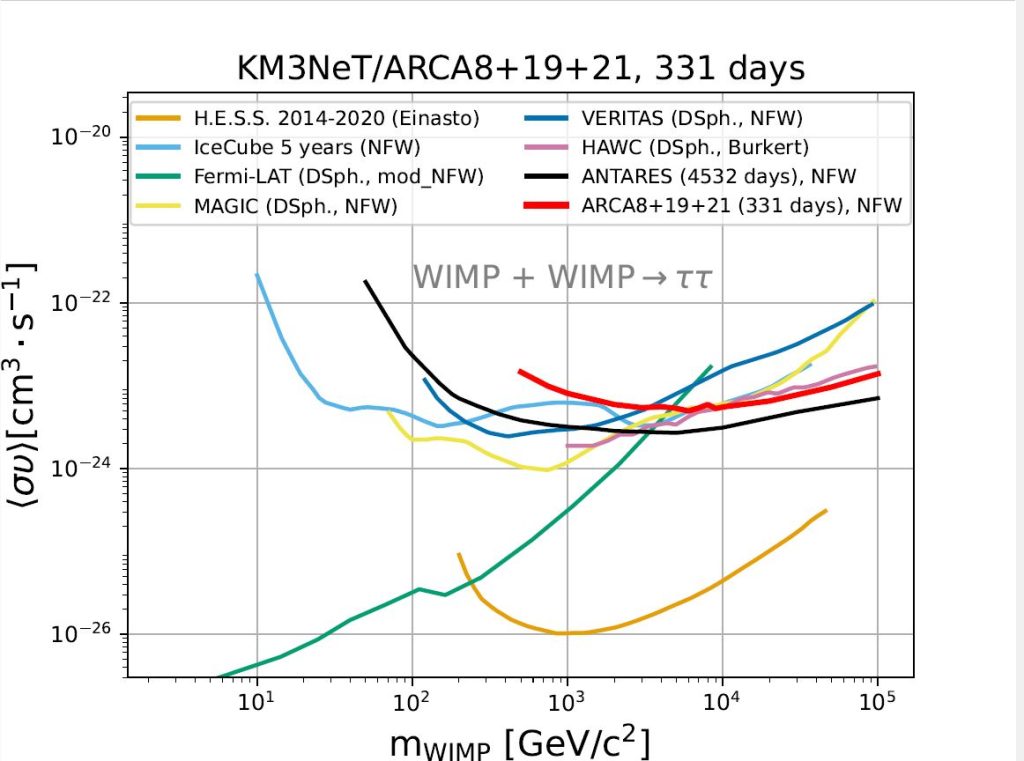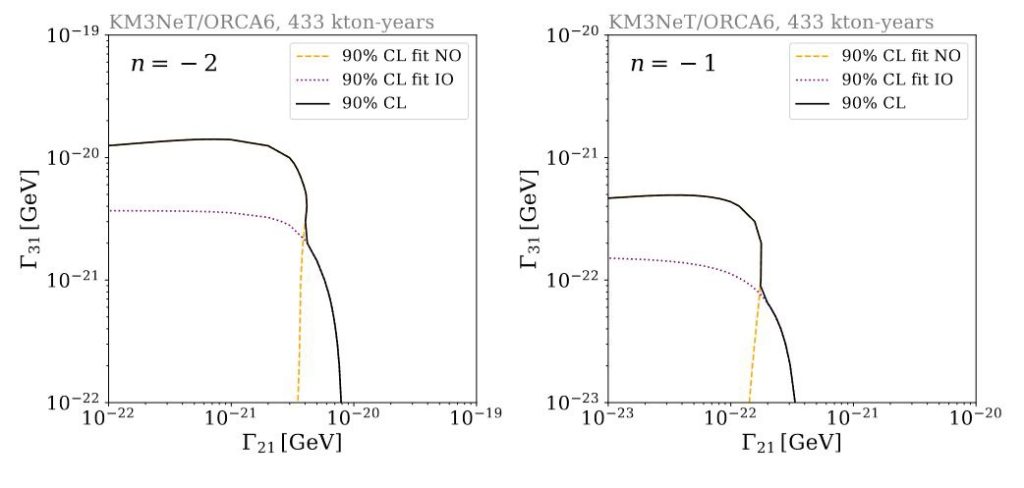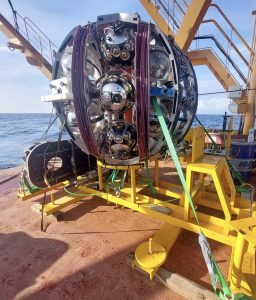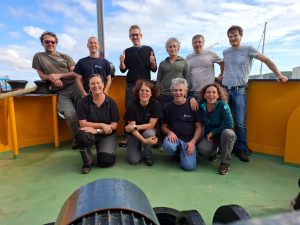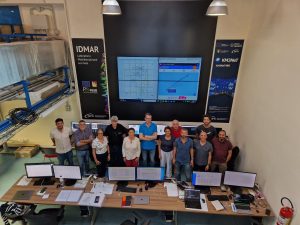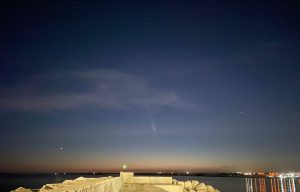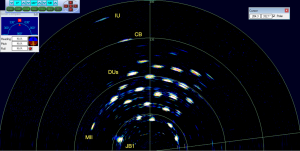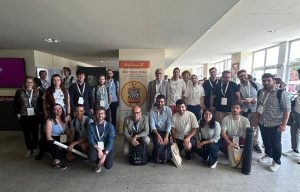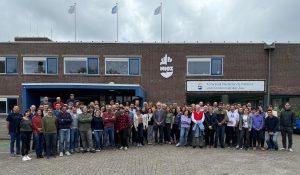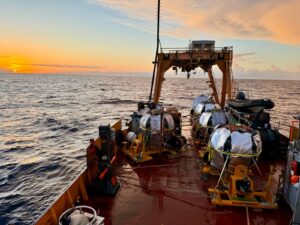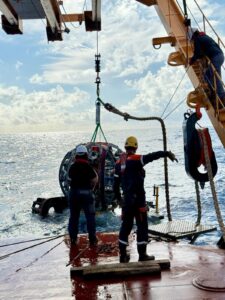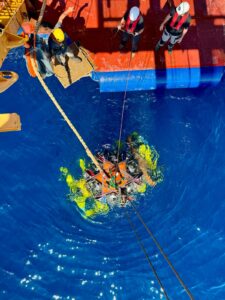13 November 2024 – Last week , the KM3NeT Collaboration has met online for its fall meeting.
During the meeting, we reviewed the current status of data taking for both ARCA and ORCA detectors, discussed the advancements in their construction, the progresses in MC simulation and detector calibration, and outlined the plans for the ongoing data analyses.
It was also the occasion to celebrate our two last sea campaigns and thus the expanded configurations of the detectors, ARCA 33 and ORCA24. The deployment of new instrumentation on the ORCA site will allow for a precise monitoring of the detector position and water properties.
During the meeting Antoine Kouchner started his mandate as chairperson of the Institute Board, taking over from Uli Katz: with many thanks to Uli for all the work done in the past years, and good luck to Antoine for his new duty.
Also during the meeting, the process to elect the new Management Team of the Collaboration was started.
Finally, KM3NeT gave a heartfelt greeting to its new members. Juan Antonio Aguilar Sánchez of the Université Libre de Bruxelles, Belgium, and Elisa Bernardini of Padova University, Italy, joined as Observers, while the team led by Arthur Ukleja from the University of Krakow, Poland, was endorsed as Full Member.
A warm welcome to everyone!
It was great to see the advancements in the physics analyses as well as the simulation and calibration works, to discuss recent scientific advancements and to see the Collaboration continue to grow.
The next Collaboration Meeting is scheduled for January, in Belgium, at Louvain-la-Neuve.

